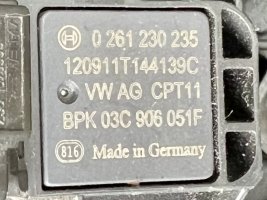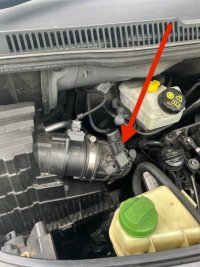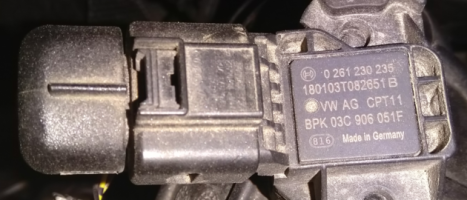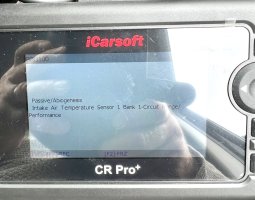Can anyone shed any light please on this error code P011100 Air intake temperature sensor1? (2017 2.0 CXGB)
I have reset the management light and it stays off for 3-5 days then its back on again. When the eml is on it still drives absolutely fine with no noticeable difference at all.
I have swapped the sensor twice and double checked all of the respective wiring but it is exactly the same outcome, stays off for a day or 3 then back on again.
Am I barking up the wrong tree here? Photos attached, thank you for any help



I have reset the management light and it stays off for 3-5 days then its back on again. When the eml is on it still drives absolutely fine with no noticeable difference at all.
I have swapped the sensor twice and double checked all of the respective wiring but it is exactly the same outcome, stays off for a day or 3 then back on again.
Am I barking up the wrong tree here? Photos attached, thank you for any help



Last edited:





 All the above for engine controllers, a different story with other controllers.
All the above for engine controllers, a different story with other controllers.